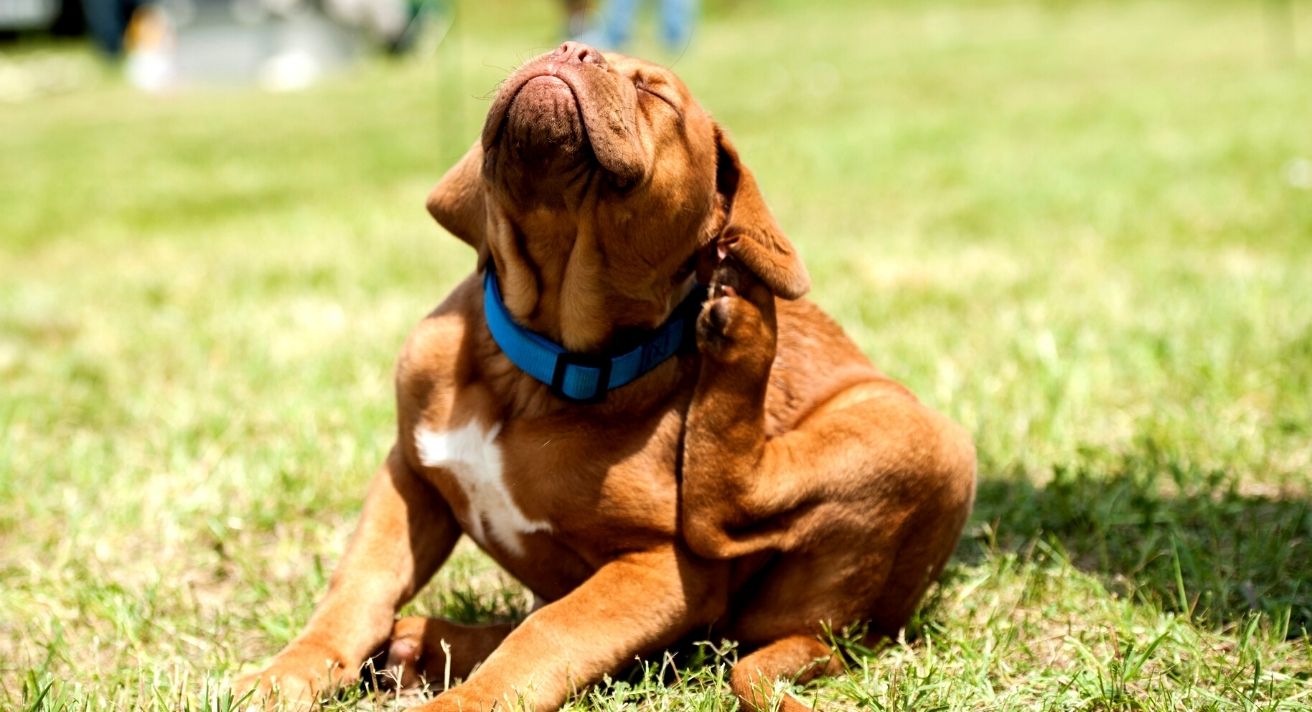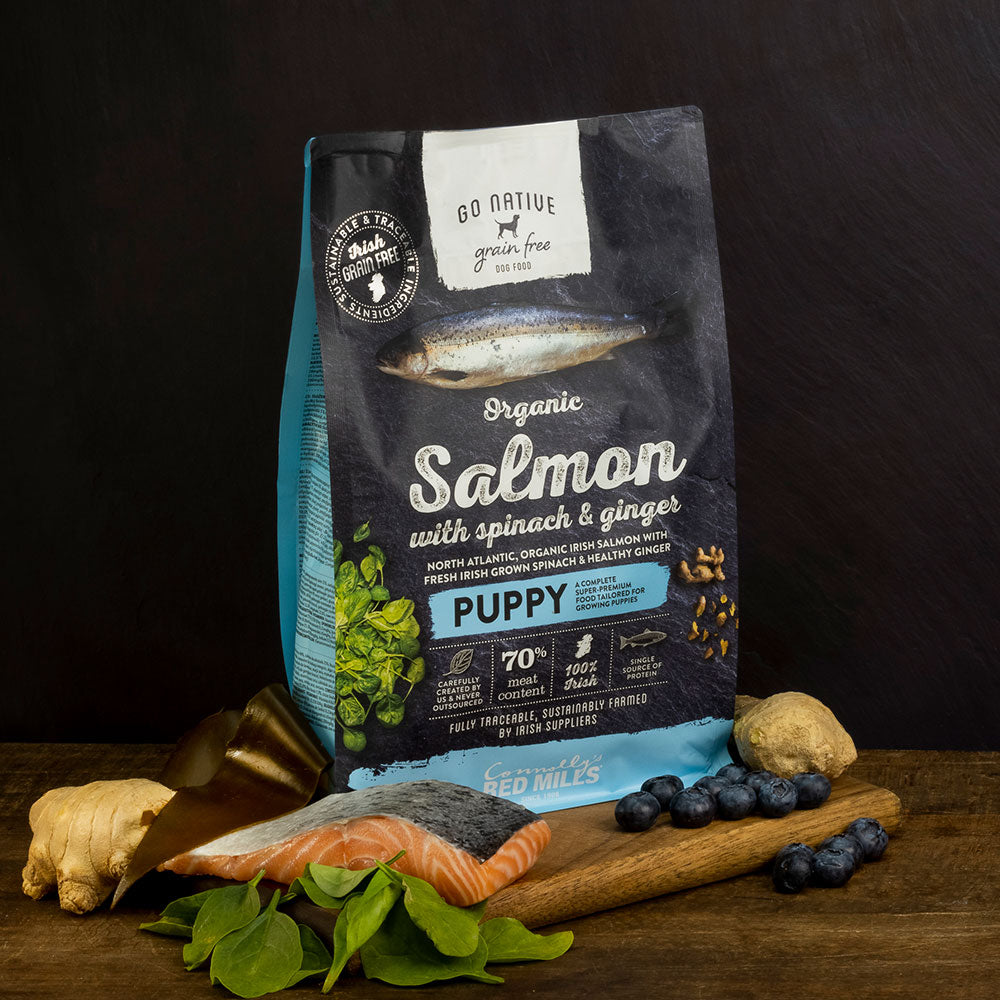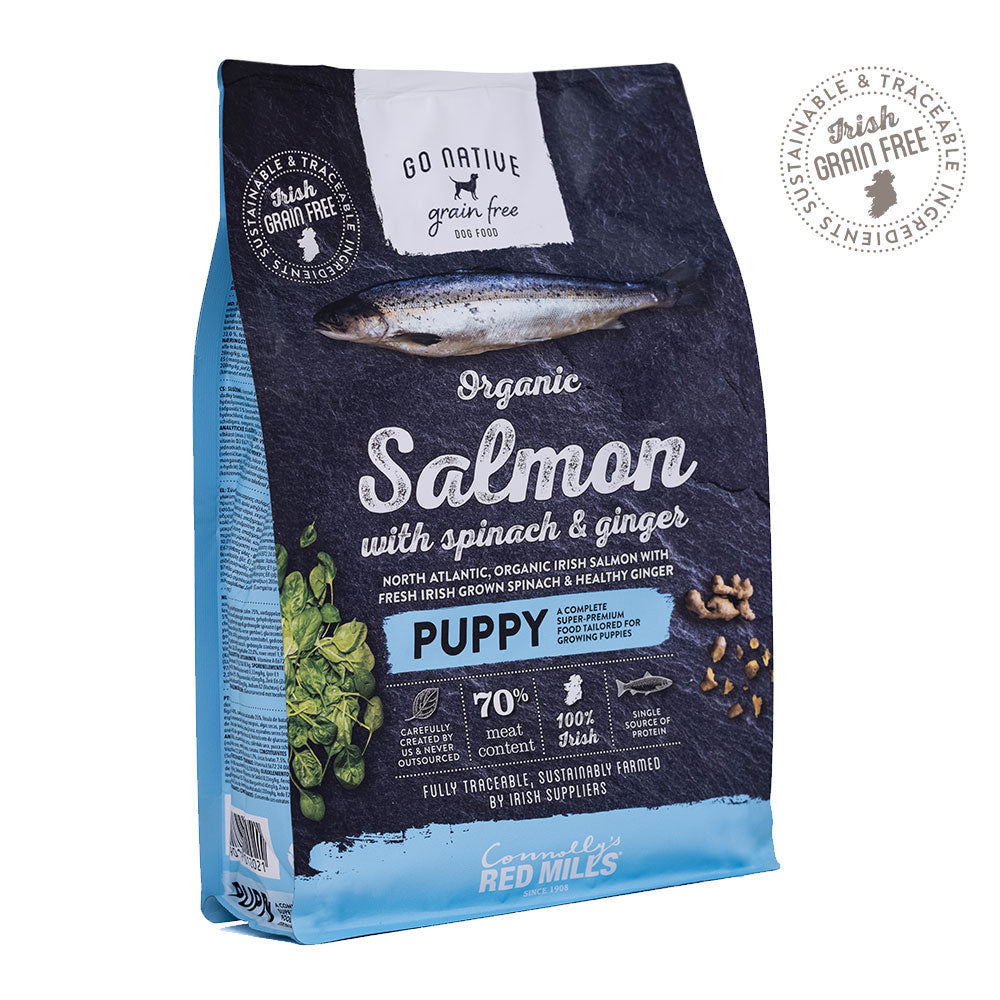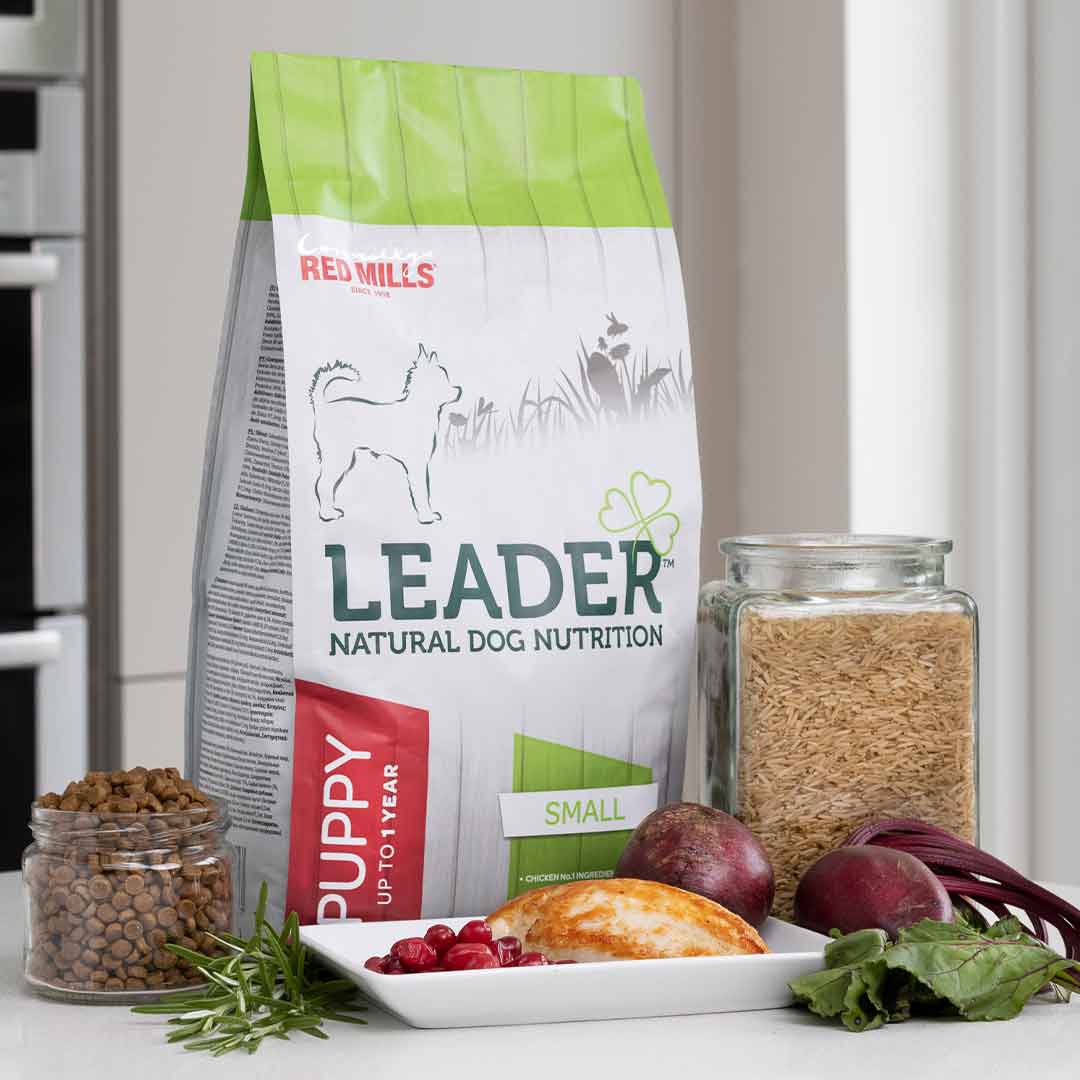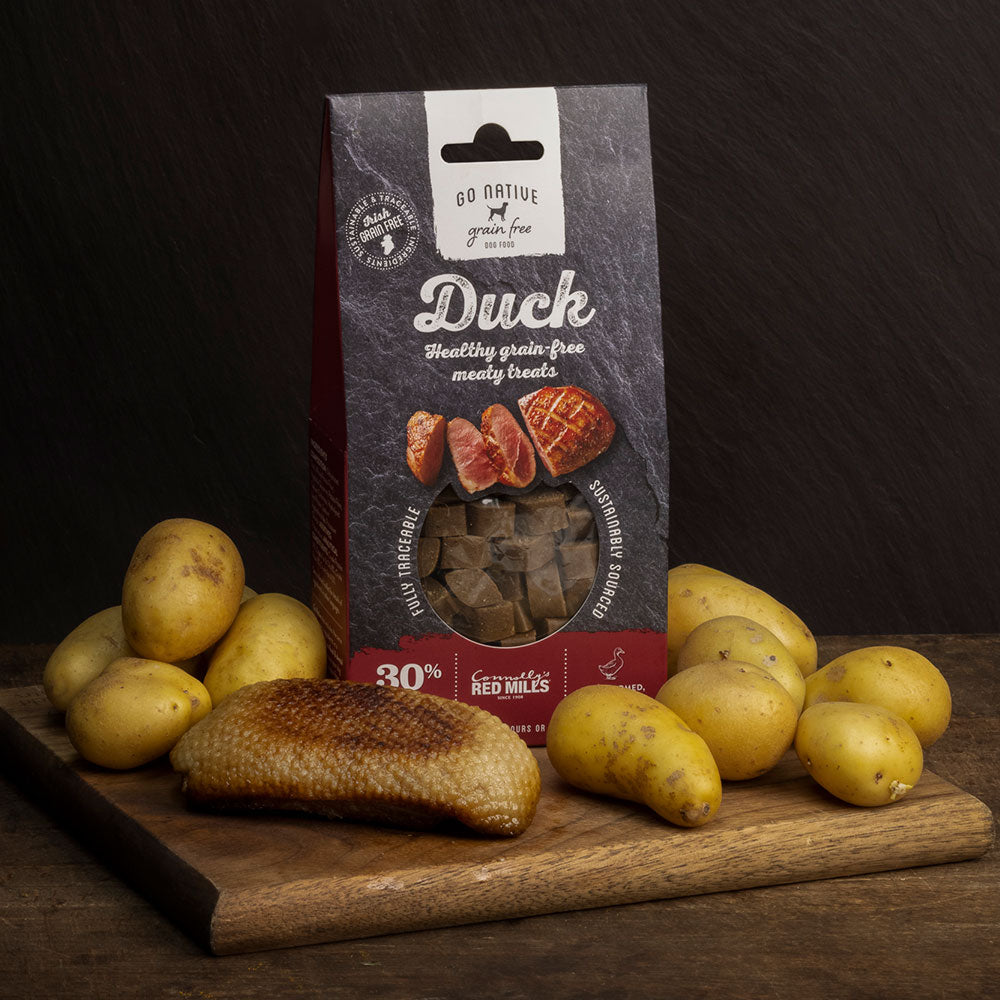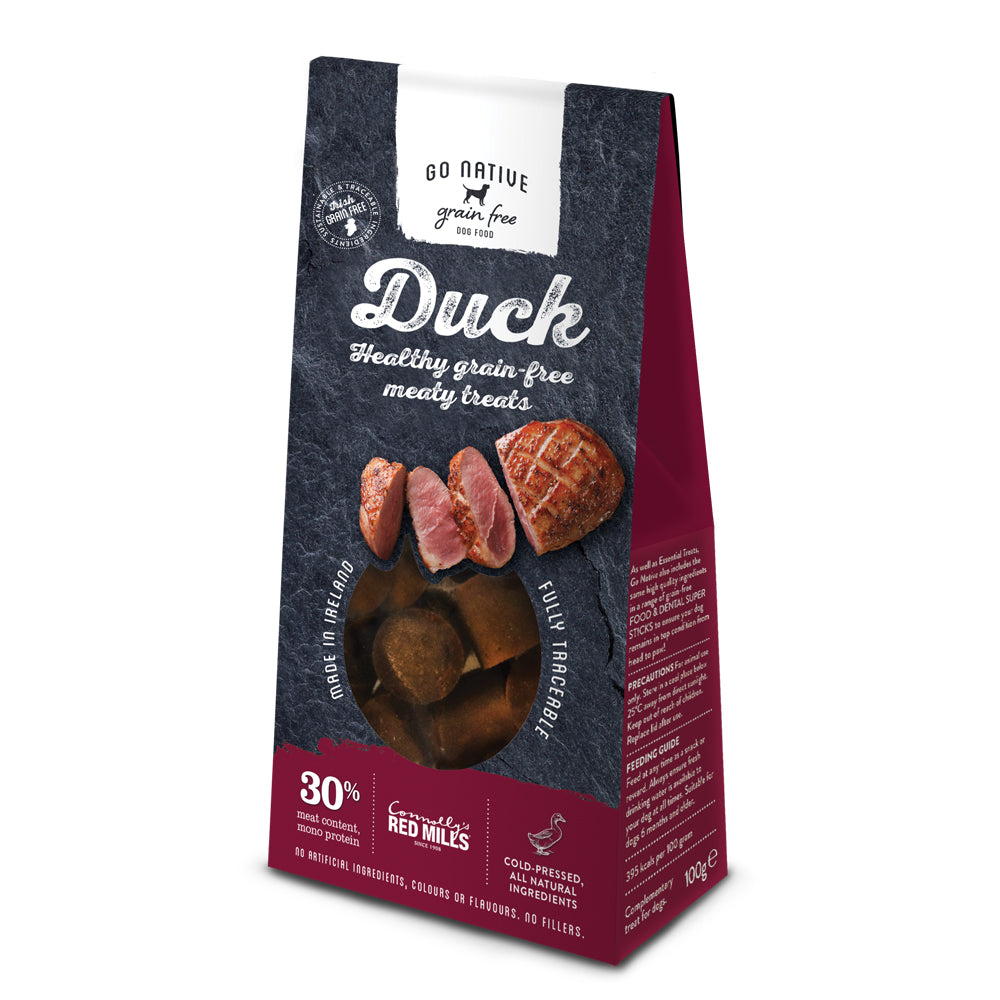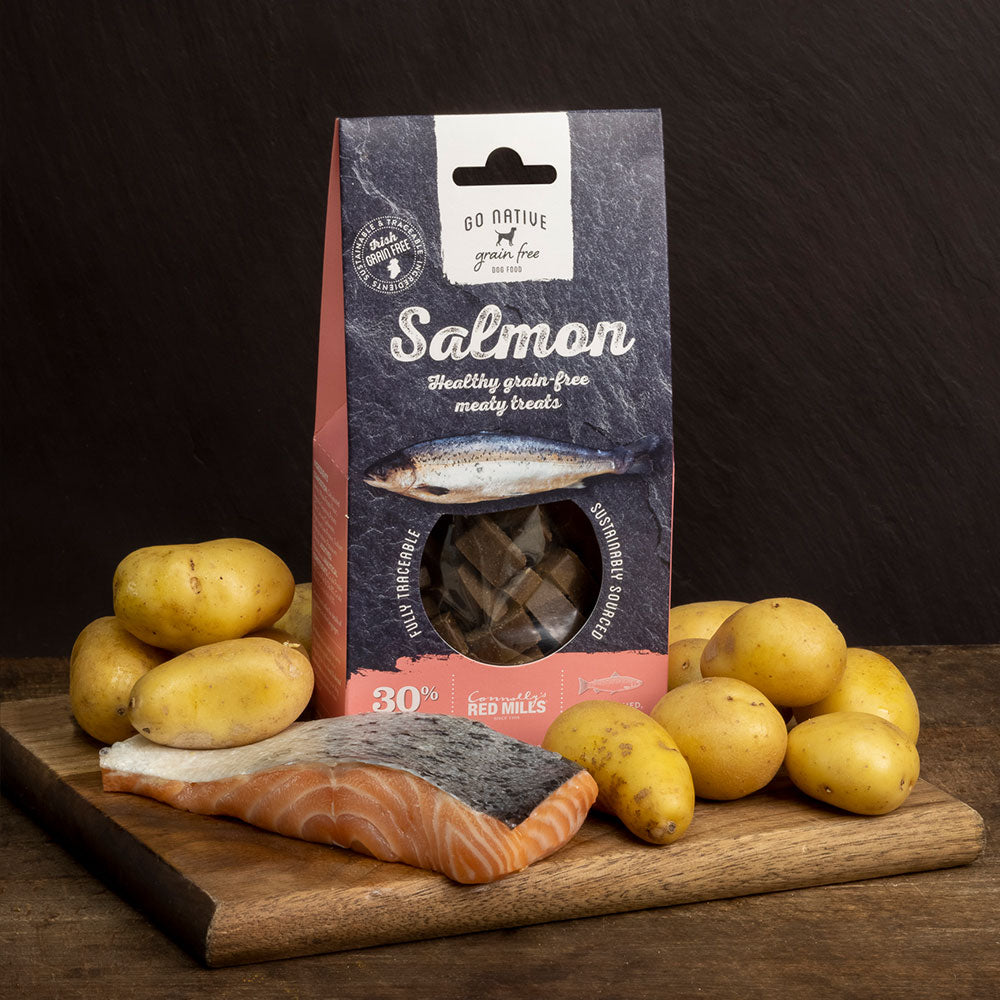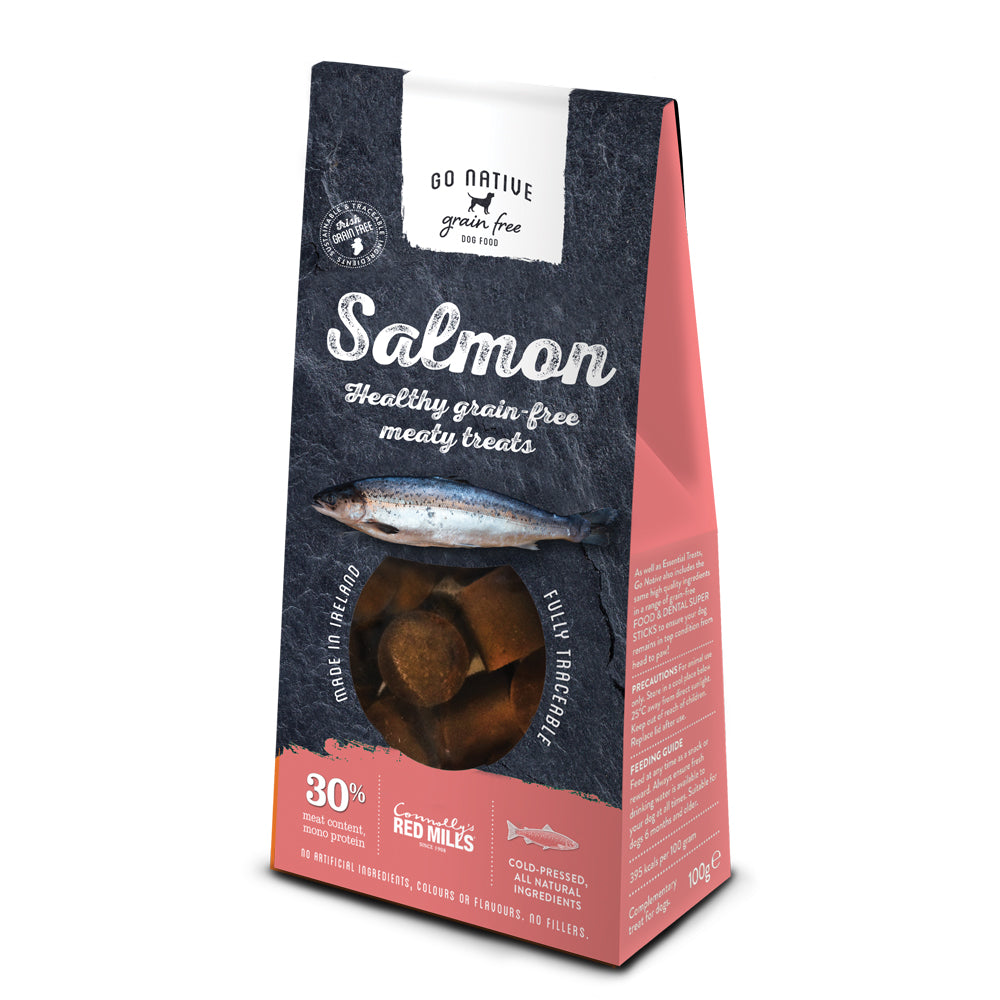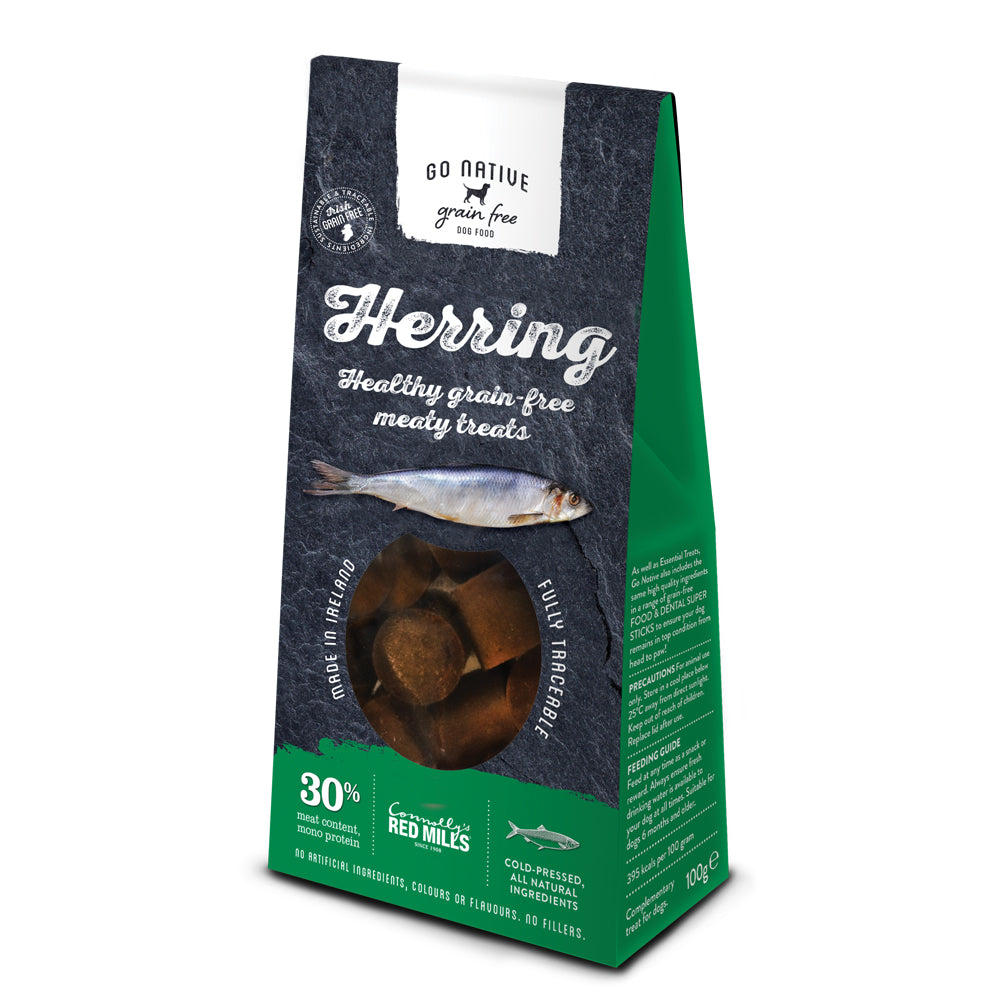Dogs are naturally social creatures. Canines, wild and domestic, live in packs. They usually enjoy each other’s company. But just as parents need to teach children how to play nicely and get along with others, dog owners need to socialise their pets, with plenty of positive reinforcement.
This is an easy task with a puppy. But what if your dog missed out on early socialisation? Some dogs from rescues never had the chance to learn how best to behave with their peers, and many pandemic pups didn’t have the chance because we were all keeping distant to keep safe. Now, many are finding they have an adult dog with poor canine social skills. So, like the old saying says – is it too late to socialise an adult dog?
Older dogs can and do learn many new tricks, including how to have fun with their doggy peers. It will take more effort and more patience than socialising a puppy, but you can definitely improve your dog’s social skills.
With an older dog, you might have to set the bar lower. Your dog might never enjoy noisy, crowded places or dog parks, and that’s okay. What is your goal? It might be as simple as teaching your dog to stay calm when they encounter another dog on a walk.
Top Tips for Socialising an Adult Dog
Patience, consistency and repetition are essential as you teach your dog to be calm when they encounter other dogs, cats, people and strange noises. Always keep your dog on a lead for safety.
- Figure out your dog’s triggers and limits, and learn how they communicate distress before they lose it. Maybe your dog is fine seeing another dog in the distance, but as they get closer begins to lick their lips or focus on the approaching dog while ignoring you.
- Set small goals, and focus on one at a time. Don’t overwhelm your dog. Practice walking past another dog across the street before working on getting closer.
- Use positive reinforcement and counter conditioning instead of negative approaches. Offer a favourite treat AFTER the trigger appears. If you offer it before, the reward becomes a sign that something stressful is about to happen.
- Work with a professional trainer - but be sure to use one who employs a positive approach. Some trainers get good results with negative approaches with young dogs who would respond well to any structured training. An adult dog with no past socialisation has different needs. Group obedience classes are likely to overwhelm your dog.
- Use a muzzle if your dog’s behaviour makes others fearful or if they snap. A properly fitted basket style muzzle is comfortable. Your dog can breathe well, and you can slip small treats into your dog’s mouth through the bars.
- Make sure your dog gets lots of exercise. It burns off nervous energy.
- If you have a friend with a mature, unflappable dog, they might help you by letting you walk your dog past them for practice and eventually taking the dogs for a walk together.
Your dog won’t change overnight, but eventually you will realise you’ve just had a calm, relaxing walk despite encountering something that would have upset your dog previously.




